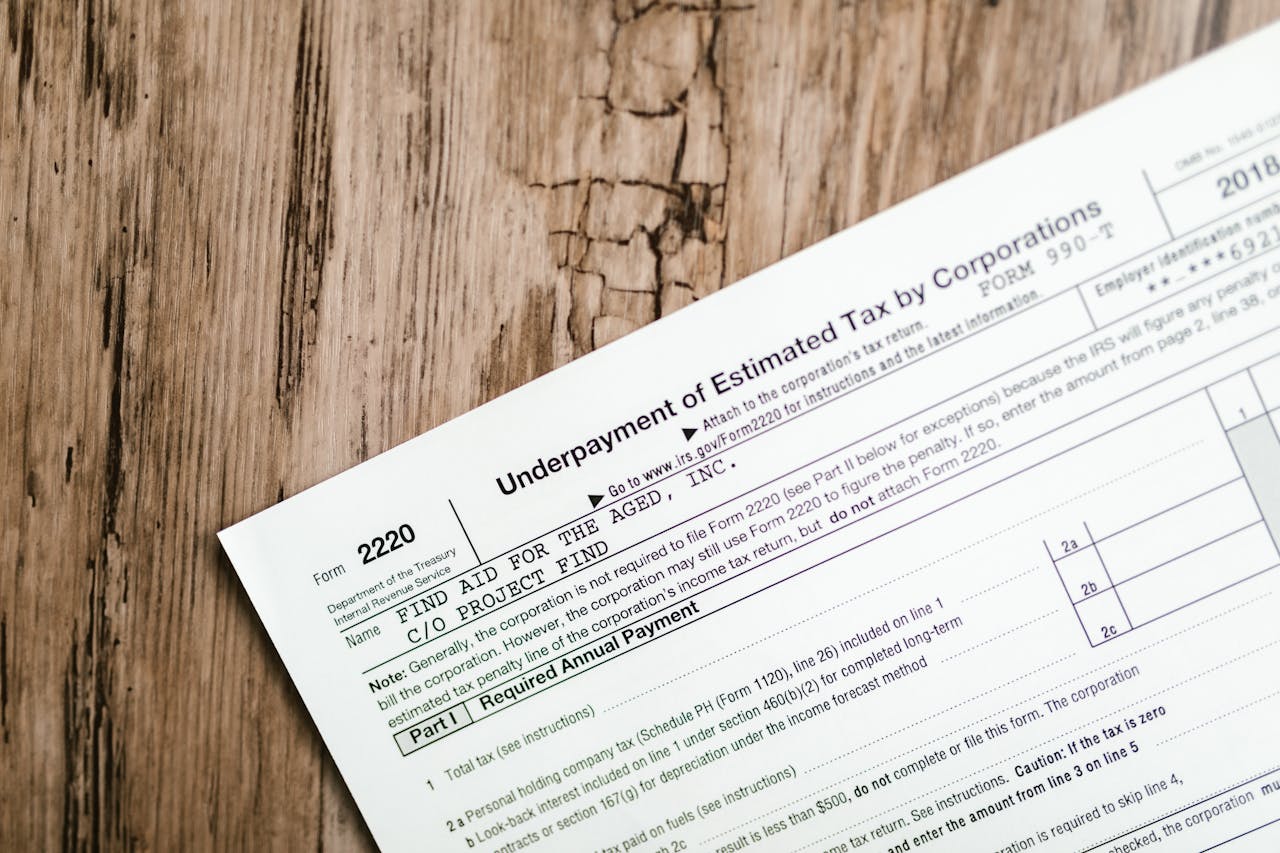Taking the Scare Out of Capital Gains: A Clear Guide
When it comes to investing, capital gains can often feel like a scary topic. The fear of taxes can overshadow your investment decisions, leading to confusion and hesitation. However, understanding the nuances of capital gains and related concepts can alleviate that fear and empower you to make informed financial choices. In this post, we’ll break down the differences between short-term and long-term capital gains, explore tax brackets, discuss dividends versus qualified dividends, and highlight exemptions for homeowners.
Capital gains are profits you earn from selling an asset such as stocks, bonds, or real estate. The distinction between short-term and long-term capital gains is crucial for understanding how your gains will be taxed.
Short-Term Capital Gains: These are gains made on assets held for one year or less. Short-term capital gains are taxed as ordinary income, which means they are subject to the same tax rates as your regular income. For many taxpayers, this can mean a significantly higher tax burden, as short-term gains can push you into a higher income bracket.
Long-Term Capital Gains: Conversely, long-term capital gains arise from the sale of assets held for more than one year. The tax rates for long-term capital gains are generally lower than those for short-term gains, ranging from 0% to 20%**, depending on your income level.
Capital gains tax brackets are structured to encourage long-term investment. Here’s a breakdown of the long-term capital gains tax rates based on income levels for individuals filing in the United States:
0% Rate: Applicable for individuals with taxable income up to $44,625 (as of 2023).
15% Rate: For individuals with taxable income ranging from $44,626 to $492,300.
20% Rate: For individuals earning over $492,300.
It’s essential to note that these thresholds are subject to change, so staying informed about current tax laws is crucial.
For many homeowners, selling a primary residence can lead to a significant capital gain. However, the tax code provides a valuable exemption that can alleviate the tax burden:
Primary Residence Exclusion: Homeowners can exclude up to $250,000 of capital gains from the sale of their primary residence if they are single, or up to $500,000 if they are married filing jointly. To qualify for this exclusion, homeowners must have owned and lived in the home for at least two of the last five years before the sale.
This means that if you bought your home for $300,000 and sold it for $800,000, the first $250,000 (or $500,000 for married couples) of that gain could be tax-free, which can significantly reduce your tax liability.
Dividends vs. Qualified Dividends
Dividends are payments made by a corporation to its shareholders, not all dividends are taxed in the same way.
Ordinary Dividends are taxed as ordinary income, similar to wages or short-term capital gains. This means they can be subject to your highest marginal tax rate.
However Qualified Dividends are taxed at the long-term capital gains rates (See above). To qualify, dividends must meet certain criteria, including being paid by a U.S. corporation or a qualified foreign corporation and being held for a specific period.
Conclusion:
Investing for the long term, looking for qualified dividends, and taking advantage of the homeowner exemptions can enhance your financial strategy and minimize your tax burdens. Clients here at tactics.tax get personalized projections showing how they can make the most out of their dollars. If you need a tax professional with a background in finance, schedule a consultation today!

